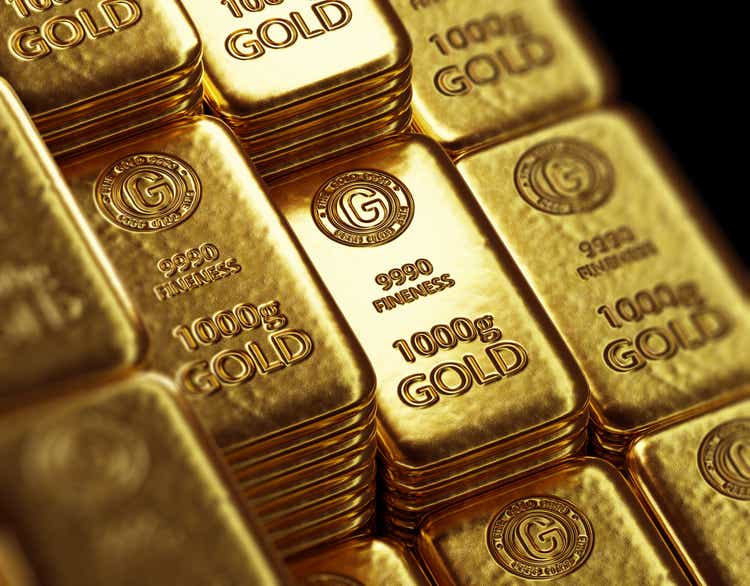
Gold prices experienced a rollercoaster ride in the past week, with two consecutive weekly losses but expectations of a rebound later this year. Central banks continued to add gold to their reserves at record rates, with emerging economies such as China, India, and Turkey leading the charge.
The Federal Reserve's decision to hold interest rates steady and slow down its balance sheet reduction boosted gold prices above the $2,300 milestone. Jerome Powell emphasized a cautious approach towards future monetary policy decisions, stating that rate cuts are off the table until inflation consistently moves towards the 2% target.
Despite this positive news for gold investors, profit-taking and easing Middle East tensions led to a correction in gold prices. Goldman Sachs expects gold prices to rally to $2,700 by the end of the year despite this correction.
Central banks and Asian household spending remain key drivers of demand for gold. The global economic landscape is constantly evolving, and geopolitical or financial shocks could push gold prices higher.
Technical signals indicate that lower support levels will likely be tested before the larger bull trend resumes. Gold closed weak below the prior April 23 swing low, triggering a bear flag continuation pattern. The next potential support area is a range of Fibonacci levels from 2,261 to 2,255.
It's important to note that gold prices are influenced by various factors including economic data releases and geopolitical events. Stay informed about these developments as they can significantly impact the price of gold.




